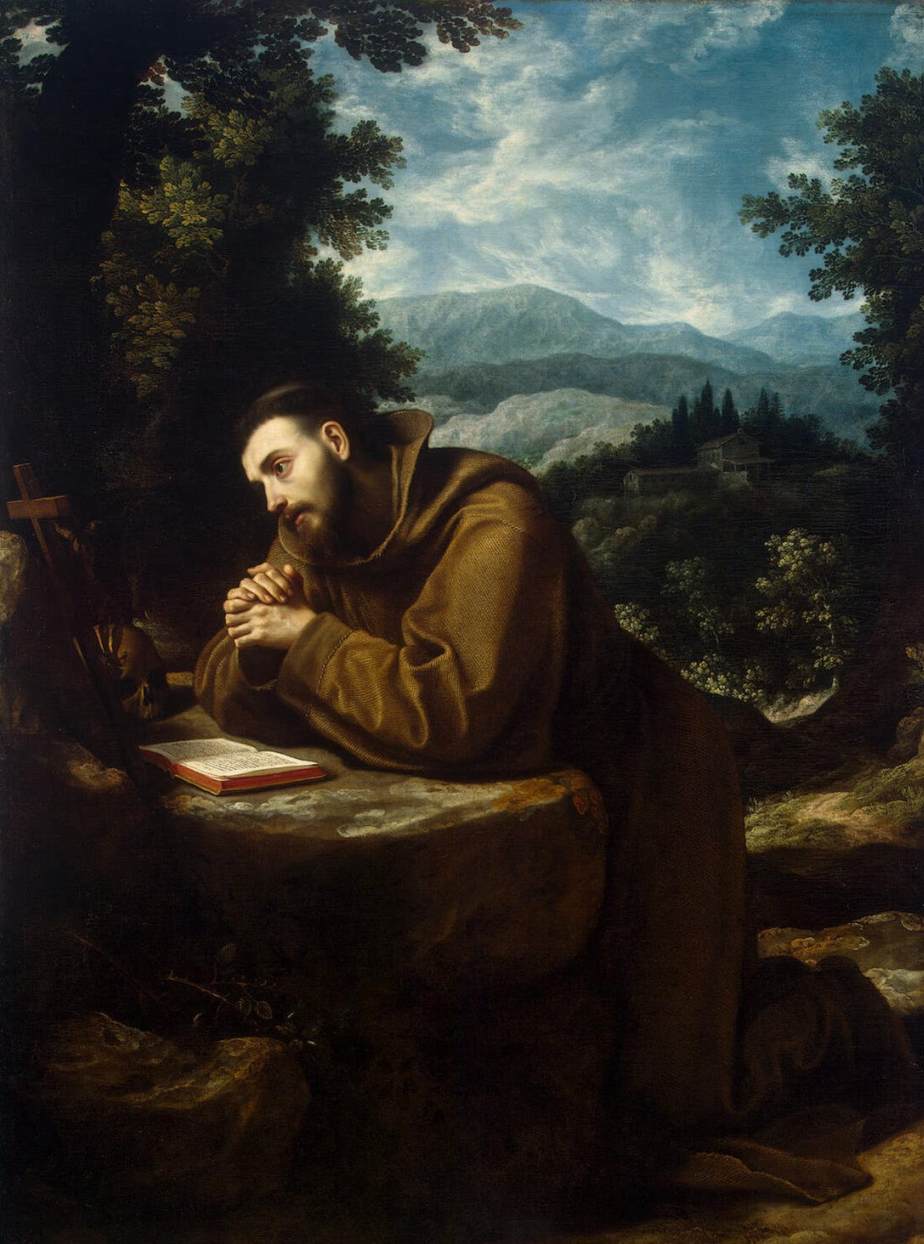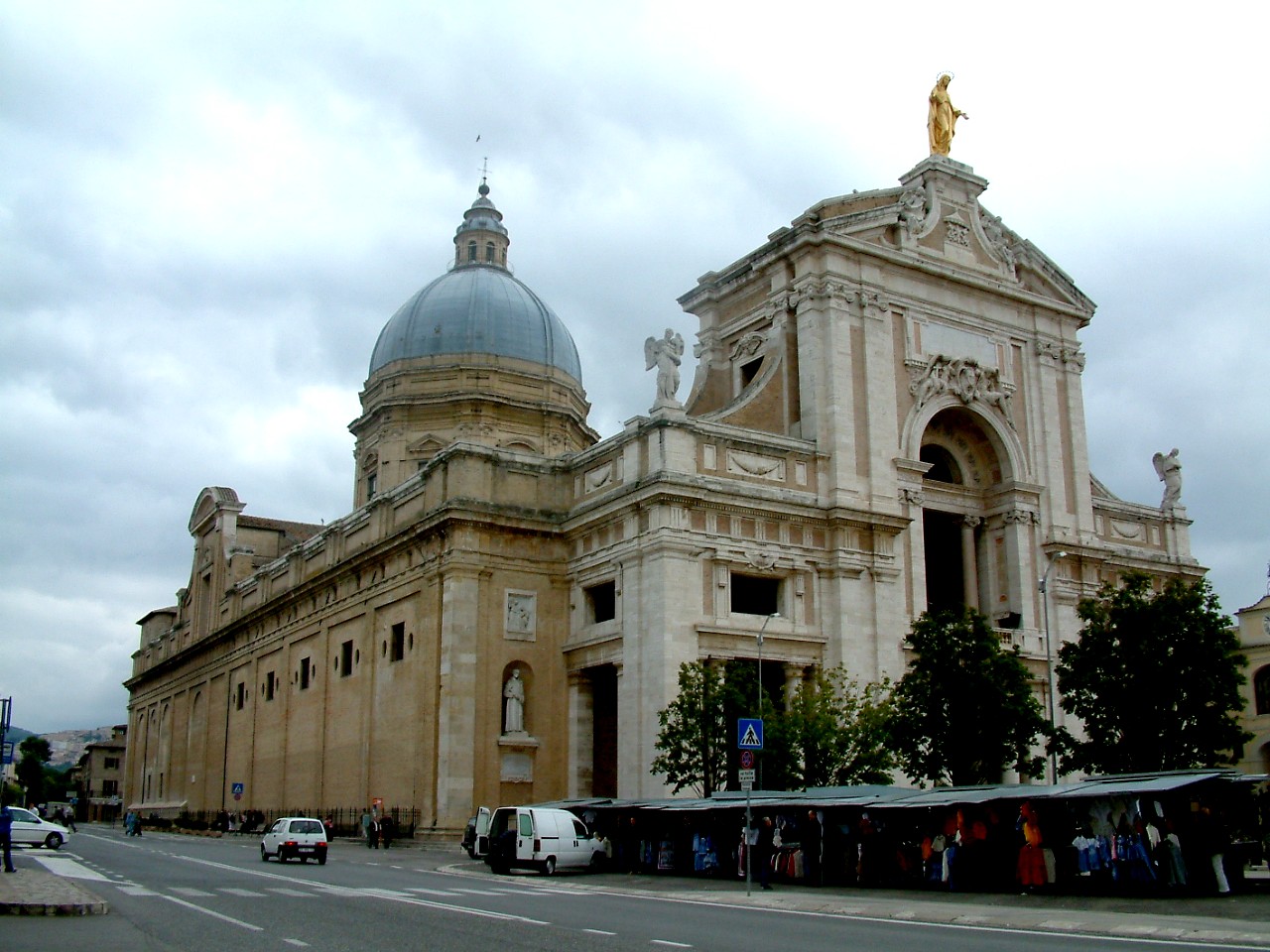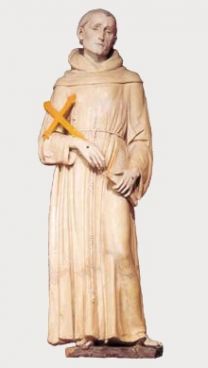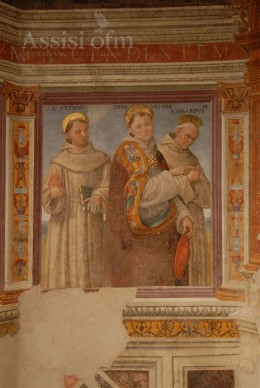The chapel was once the place where the saint composed an ode to “Sister Death” before passing away.
Help Aleteia continue its mission by making a tax-deductible donation. In this way, Aleteia’s future will be yours as well.
*Your donation is tax deductible!
St. Francis of Assisi died on October 3, 1226, in Assisi, Italy. He is the patron saint of Italy—as well as animals, merchants and ecology—where his holiday is celebrated on October 4, as he passed away in the night between Saturday and Sunday, making Sunday the celebratory day of choice.
Every year, thousands of believers gather for the annual commemoration at the Chapel of the Transit, a tiny 13th-century chapel in the right part of the apse of the Basilica of Santa Maria degli Angeli, in Assisi, which served as an infirmary during Francis’ time. On the night of October 3, 1226, after composing the last verse of his masterpiece, “The Canticle of the Creatures” — dedicated to sora morte, literally “Sister Death” — he asked his brothers to lay him on the bare earthen floor of the room. Francis passed away peacefully while singing Psalm 142 (141), “Voce mea ad Dominum.”

The tiny chapel still features the original wooden door from 1226 as well as frescoes honoring the life of St. Francis that were added during the 16th century. That’s also when the current structure of the Basilica of Santa Maria degli Angeli was built, enclosing the infirmary and the surrounding church of Porziuncola, literally “little portion,” which still stands as the most sacred place for Franciscans. It was in fact here that the saint began monastic life, founding his order after being inspired by Jesus during a dream about indulgence and forgiveness.

After Francis’ death, pilgrims flocked to the Porziuncola, and before too long there was need for more room. Friars started to add several small huts and a refectory. However, an order by Pope Pius V (1566-1572) demanded that the surrounding buildings be taken down in order to build a new church, the UNESCO World Heritage Site Santa Maria Degli Angeli, which was begun on March 25, 1569. The Porziuncola and the infirmary, which by then had turned into the tiny “Cappella del Transito,” were the only original buildings that were preserved.
Today, the chapel still hosts some holy relics belonging to Saint Francis, part of his robe and the rope belt he used to wear, which were donated to the sanctuary by Pope Pius IX (1846-1878).
At the center of the chapel we find a beautiful statue of the saint, fashioned in white-glazed terra cotta by Renaissance sculptor Andrea della Robbia in 1490. Francis is shown holding a copy of the New Testament and a cross, the two defining themes of his life. He adopted the New Testament as his rule and looked at the cross as a symbol of the great sacrifice of Christ, which he tried to emulate in his own life.

The wall decorations in the chapel interior, representing saints affiliated with the Franciscan order, were painted by 16th-century painter Giovanni di Pietro, also called Spagna, who was a pupil of the Renaissance master Perugino. On the exterior part of the chapel we find two frescoes representing the death and the funeral of St. Francis, which were executed in 1886 by Domenico Bruschi.

Inside this tiny room, believers take part in the annual commemoration of the death of St. Francis, which involves a remembrance of “Friar” Jacopa dei Settesoli, a noblewoman who became a secular Franciscan and assisted him during his last moments. The ceremony, known as the Transitus, also includes a reading of Francis’ ode to “Sister Death.”
“Praise be to you, my God, for our sister corporal death, that no live person can escape. Trouble will occur to those who died in sin, but blessed will be the ones that will die following your will, in this second case, death will not hurt.”
His powerful message is reflected in the name of the chapel itself: as Francis did not see death as an end but rather as a way to heaven, the chapel was named Cappella del Transito, literally “Chapel of the Transit.”








